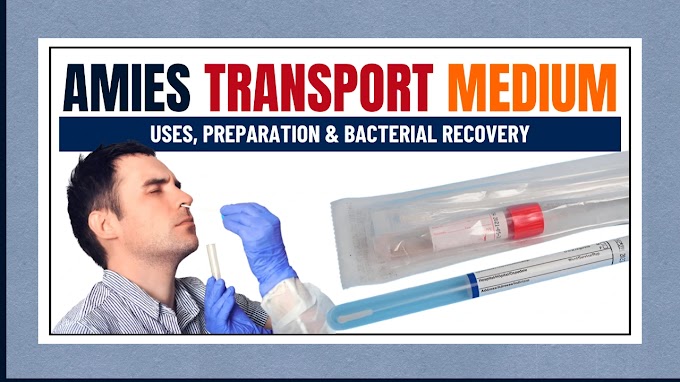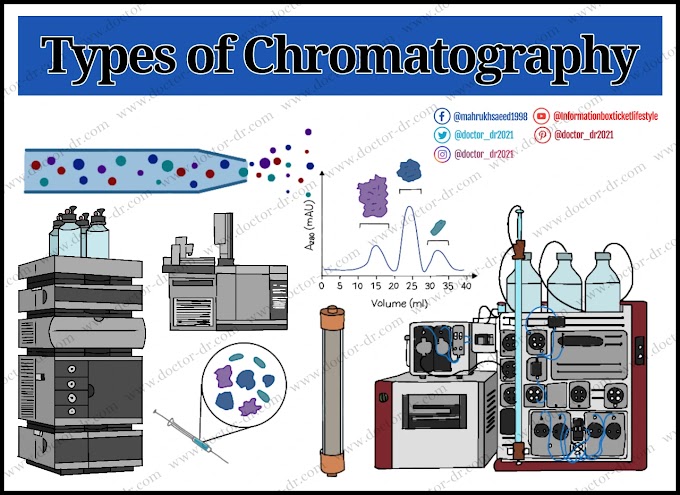The biochemical test known as the Lipid Hydrolysis Test (also known as the Lipase Test) is used to identify bacteria's capacity to synthesise the exoenzyme lipase and hydrolyze lipids.
Important elements of the biological system are lipids. A lipid is a large class of chemical compounds that includes fats, oils, fat-soluble vitamins, phospholipids, sterols, and a variety of other hydrophobic and amphipathic substances. The majority of lipids found in animals and plants as food storage or as energy source are fats. Triglycerides are the primary components of both animal and plant fats among all lipids. These compounds can be hydrolyzed by bacteria. Free fatty acids produced by bacterial breakdown of lipids are generally characterised by an unpleasant smell and taste.
Lipids are hydrolyzed by bacteria by an enzymatic process known as lipolysis, which is triggered by an extracellular enzyme system. However, not all bacteria produce lipases; only lipolytic bacteria can produce lipase enzymes. The lipid hydrolysis test, often known as the lipase test, is a simple biochemical test that may be used to determine this. 'Tributyrin', a triglyceride component mostly present in animal fats, is used as a substrate in this test to measure the capacity of bacteria to create lipases. The major purpose of it is to characterise microorganisms that have been isolated from dietary sources.
Table of Contents
- Objectives of Lipid Hydrolysis Test
- Principle of Lipid Hydrolysis Test
- Requirements for Lipid Hydrolysis Test
- Culture Media
- b. Reagents
- c. Equipment
- d. Test Organism (Sample Bacteria)
- Procedure of Lipid Hydrolysis Test
- Result and Interpretation of Lipid Hydrolysis Test
- Lipase Test Positive Bacteria
- Lipase Test Negative Bacteria
- Quality Control
- Precautions
- Applications of Lipid Hydrolysis Test
- Limitations of Lipid Hydrolysis Test
Objectives of Lipid Hydrolysis Test
- To identify microorganisms that can hydrolyze lipid and generate the exoenzyme lipase.
Principle of Lipid Hydrolysis Test
Every lipolytic bacterium can hydrolyze tributyrin, one of the most basic lipids found in natural animal and plant fats and oils. It serves as the substrate for the tributyrin agar medium, which measures lipase production. Because it is insoluble in water, tributyrin makes the culture medium turbid or opaque. But the tributyrin will be hydrolyzed by the bacterial lipase enzyme, turning it into water-soluble butyric acid. The medium will become translucent due to this hydrolysis. Therefore, a clear, transparent zone of tributyrin hydrolysis will form around the bacterial colonies if the test bacteria are lipolytic, or able to synthesise lipase enzyme.
Requirements for Lipid Hydrolysis Test
Culture Media
The recommended media for detecting lipolytic bacteria (lipase production) is tributyrin agar medium. Tributyrin medium is simple to read for a positive result, even though Egg Yolk Agar medium may be used (and is used) to detect lipid hydrolysis together with lecithinase synthesis.
Composition of Tributyrin Agar Base per 1000 mL
- Peptone- 5.00 grams
- Yeast Extract- 3.00 grams
- Agar- 15.00 grams
- Final pH 7.5 ±2 at 25°C
Preparation of Tributyrin Agar Medium
- According to the manufacturer's instructions, weigh the proper quantity of Tributyrin Agar Base powder (or the media components) and combine it with the necessary amount of distilled water in a conical flask (or glass bottle) (23.0 grammes of the aforementioned composition in 990 mL water).
- 10 mL of "Tributyrin" should be added to the mixture.
- Stir thoroughly with a magnetic stirrer or by hand, then heat to boiling to completely dissolve the agar in the water.
- The flask or bottle should be autoclaved at 121°C and 15 lbs of pressure for 15 minutes, then allowed to cool to between 40 and 45°C.
- Approximately 25 mL of the medium mixture should be added to a sterile petri dish with a diameter of 10 cm. Allow the medium to solidify appropriately at room temperature.
b. Reagents
The lipase test requires tributyrin. Tributyrin is a triglyceride (ester) created when butyric acid acylates glycerol at its three hydroxyl groups. Its chemical formula is C15H26O6, and other names for it include "Glycerol Tributyrate" and "Propane - 1, 2, 3 - Triyl Tributyrate."
c. Equipment
- Petri Plates
- Beaker
- Weighing Machine
- Autoclave & Incubator
- Bunsen burner
- Magnetic Stirrer
- Inoculating loop
- PPE and other general laboratory materials
d. Test Organism (Sample Bacteria)
- Positive Control: Staphylococcus aureus ATCC 12600
- Negative Control: Clostridium difficile ATCC 9689/ Clostridium perfringens ATCC 12924
Procedure of Lipid Hydrolysis Test
- Pick up a substantial inoculum from a well-isolated colony of fresh culture that is between 18 and 72 hours old using a sterile inoculating loop.
- By making an inoculation the size of a dime over the Tributyrin Agar plate's surface, either a straight line or a sample organism plate can be inoculated.
- The plates should be incubated at 35°C for between 24 and 48 hours aerobically for facultative or aerobes, and for between 72 and 84 hours anaerobically for anaerobes.
- Following incubation, observe the formation of a clear zone of tributyrin hydrolysis around the bacterial colony.
Result and Interpretation of Lipid Hydrolysis Test
- A positive test is shown by the tributyrin hydrolysis zone that forms around the bacterial colony (in the line), which is clear and transparent.
- If there is no obvious hydrolysis zone surrounding the bacterial growth line (colonies), the test is considered negative.
Lipase Test Positive Bacteria
Moraxella catarrhalis, S. aureus, S. saprophyticus, C. botulinum, C. sporogenes, Bacillus subtilis, Proteus mirabilis, Pseudomonas aeruginosa, etc.
Lipase Test Negative Bacteria
C. perfringens, C. difficile, E. coli, K. pneumoniae, K. oxytoca, etc.
Quality Control
- Around Staphylococcus aureus ATCC 12600's line of growth (colonies), a clear, transparent zone of hydrolysis is created.
- The Clostridium perfringens ATCC 1292 line of growth (colonies) do not form a zone of hydrolysis surrounding them.
Precautions
- For a larger zone area and faster results, it is preferable to utilise a heavy inoculum.
- Make sure to incubate for a minimum of three days at 35 20 C. In 3 days, anaerobic bacteria might start to produce results.
Applications of Lipid Hydrolysis Test
- Potential lipolytic bacteria identification in food and dairy products.
- Differentiation and recognition of individuals mostly belonging to the genera Corynebacterium, Clostridium, Bacillus, and Moraxella.
Limitations of Lipid Hydrolysis Test
- Since it is not a confirmatory test, additional biochemical test results are needed to fully identify the unidentified bacteria.
- require an extended period of incubation.
- Fastidious organisms are tough to cultivate and do not thrive in the medium.



~1.webp)

.webp)
.webp)
